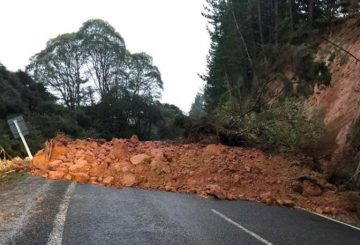A baby stopped breathing after receiving the wrong medication dose because a pharmacist trainee labeled it incorrectly.
A report by Deputy Health and Disability Commissioner Dr. Vanessa Cardwell found that a pharmacist did not follow proper health guidelines. In 2023, a four-week-old baby was given the oral steroid Redipred by her doctor to help with croup. However, the pharmacy mistakenly labeled the dosage as 4.5ml, which was five times higher than the prescribed 4.5mg.
After taking almost the full dose, the baby stopped breathing. Her mother performed CPR, and the baby had to go to the hospital for treatment. The label mistake was made by a trainee pharmacy technician and was checked by an experienced locum pharmacist. Cardwell noted that the pharmacist failed to check the medication against the prescription and did not give the mother proper instructions for administering it.
These mistakes meant the pharmacist did not follow the standards of the Pharmacy Council of New Zealand and breached the Code that ensures consumers receive proper care. Cardwell mentioned this incident was very traumatic for the parents, who had trouble coping with what happened.
The report indicated that the trainee technician had misread the dosage while entering it into the pharmacy’s system. The pharmacist accepted responsibility for not checking the units correctly and did not blame the software or the technician.
Cardwell emphasized the need for pharmacists to carefully check medications and follow procedures to avoid such errors. She recommended that the pharmacist apologize to the baby’s parents and complete training on child prescriptions. She also suggested the pharmacy conduct a random audit of 50 prescriptions over a month to ensure they follow proper dispensing processes.
The report also states that the pharmacist has been referred to the Pharmacy Council for further action.






























































